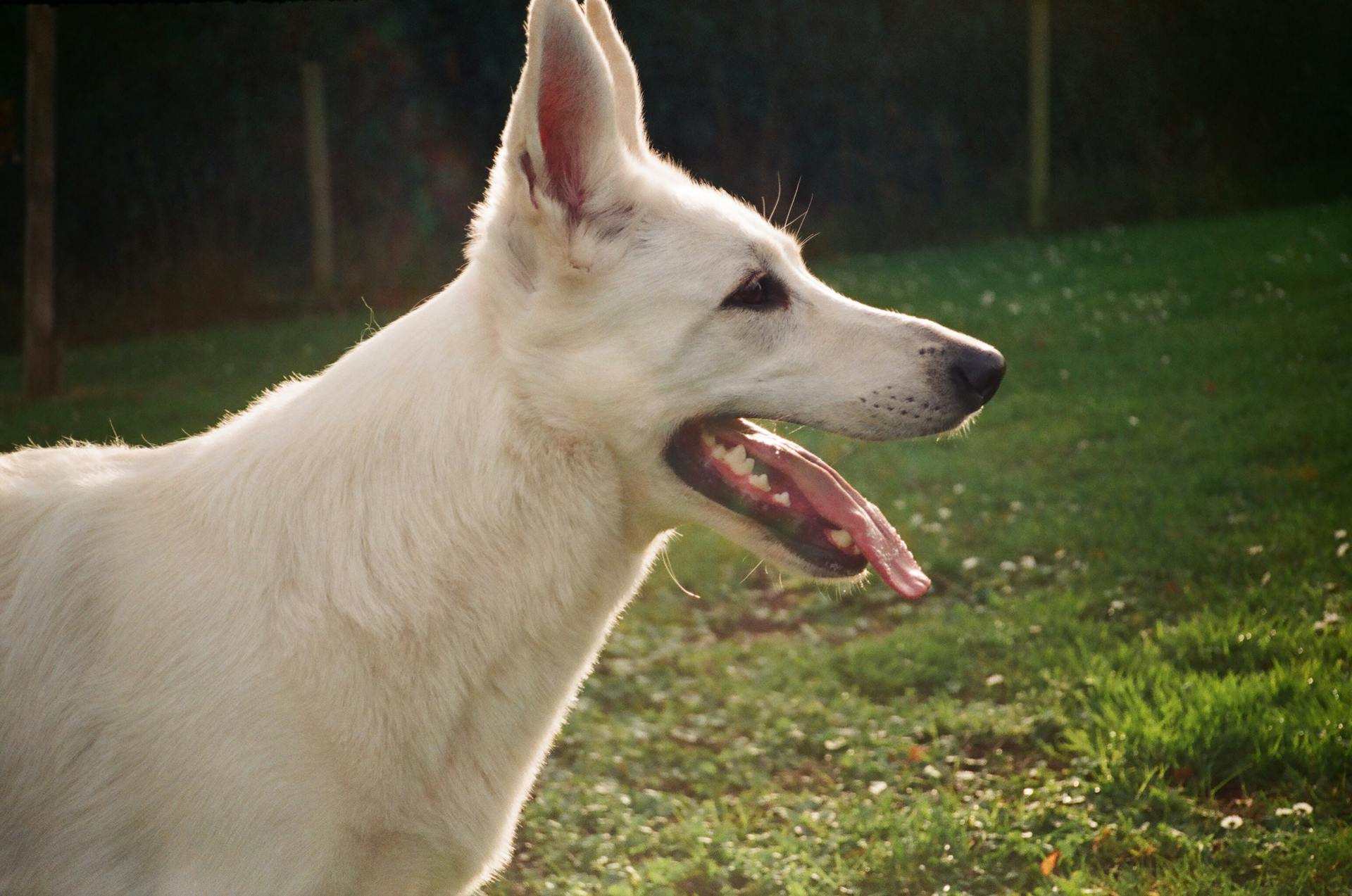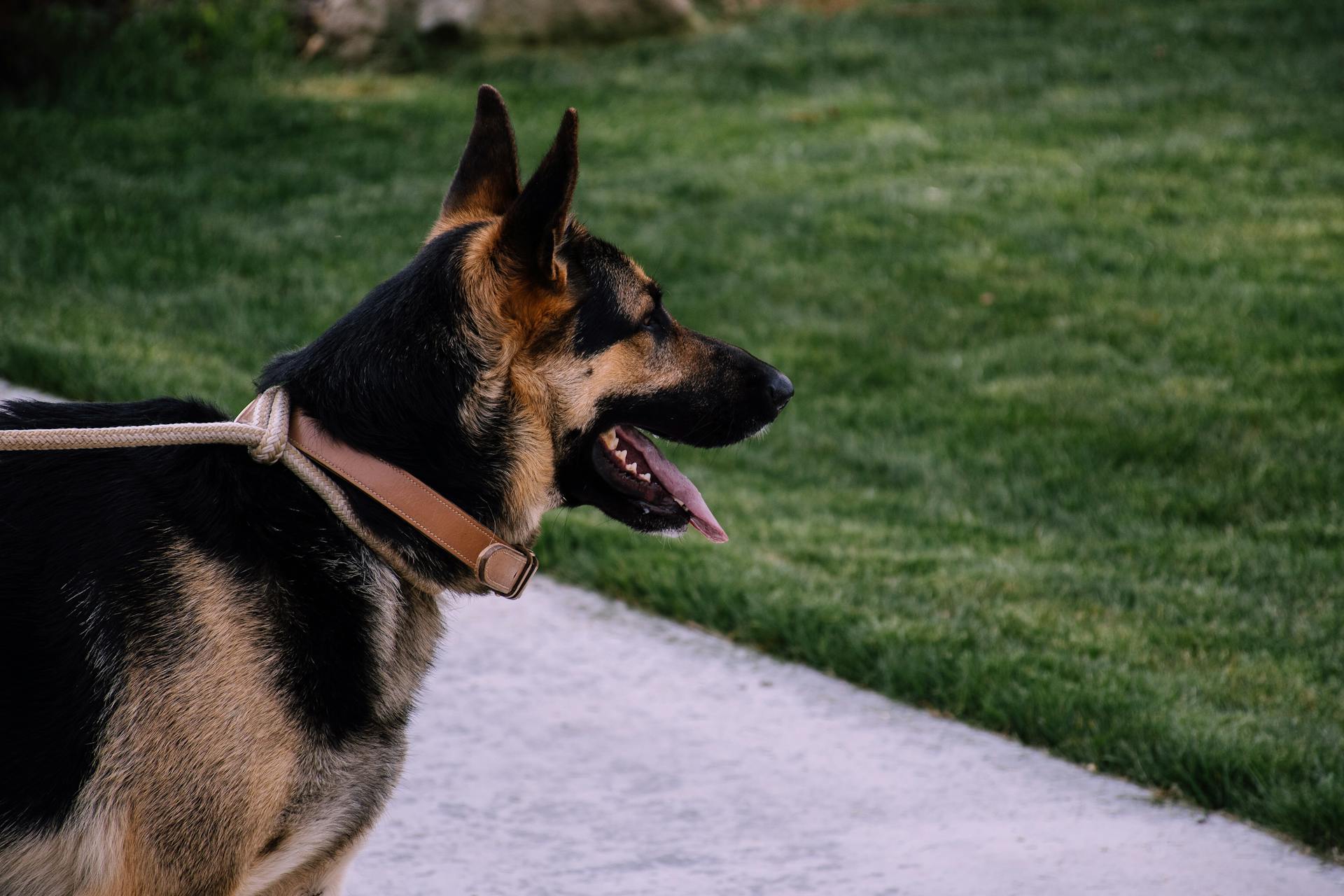
Police K9 breeds are highly specialized and trained to perform specific tasks. The German Shepherd is one of the most common breeds used for police work.
Their intelligence, loyalty, and athleticism make them an ideal choice for tasks such as patrolling and tracking suspects. German Shepherds are also known for their strong sense of smell, which aids in narcotics detection and other scent-related tasks.
The Belgian Malinois is another popular breed used for police work, particularly for high-risk operations. They are known for their high energy levels and strong prey drive, making them well-suited for tasks such as SWAT operations and search and rescue missions.
The Dutch Shepherd is a versatile breed that excels in a variety of roles, including narcotics detection and patrol work. Their keen sense of smell and high energy levels make them an excellent choice for police work.
The Labrador Retriever is often used for explosives detection due to their strong sense of smell and high intelligence. They are also known for their friendly and outgoing personalities, which make them a great choice for public-facing police work.
The Bloodhound is a skilled tracker that uses their keen sense of smell to follow scents and track suspects.
Worth a look: German Shepherd Police Dogs
History
The Lexington Police Canine Unit has a rich history that dates back to 1962, making it the oldest in the state of Kentucky.
The unit was established to provide a specialized service to the community, and it's amazing to think about how far they've come since then.
The first kennel was built in 1964 at the rear of the Bluegrass Stockyards, where it remained until 1968.
A new facility was built at 1313 Old Frankfort Pike, which is still their current site today.
The kennel facility is designed to provide a comfortable and safe environment for the canines, with office space and specially designed areas to house them.
The canine runs are heated and air-conditioned, which is essential for the dogs' well-being, especially in extreme weather conditions.
On-site training is also a vital part of the kennel's design, with a training field and an agility field available for the dogs to exercise and learn.
You might enjoy: Canine Unit
Police K9 Training
Police K9 Training is a rigorous process that requires dedication and hard work from both the handler and the canine.
The canine teams are trained at the Metro Police Canine Units USPCA nationally certified facility, one of only a few in the United States.
Members of the training staff have completed the requirements and are all USPCA nationally certified trainers.
Canine teams are trained in voice and hand signal obedience, building searches for felons, felony tracking, article searches, pursuit/apprehension techniques, as well as handler protection.
They are trained to make countless arrests and answer thousands of calls for service each year.
After passing the patrol dog certification, the canine team goes through twelve weeks of odor detection training.
Detector dogs are trained to locate either narcotics or explosives, and the canines that are cross-trained in explosive detection assist in security sweeps for large high-profile events.
The teams that are cross-trained in narcotic detection are utilized to search for drugs by all elements of the police department.
Discover more: Police K9 Handler
Each canine team certifies annually to meet the continuing proficiency standards of the USPCA and participates in regularly scheduled ten hour patrol dog training sessions.
The Canine Unit's Detection Canines train weekly to maintain a high level of proficiency and improve their search techniques and problem-solving abilities.
The bond between the Canine and Handler is also strengthened through regular training.
All canine teams are regularly tested by the unit commander and attend certification trials once a year with the United States Police Canine Association.
Police K9 Breeds
Police K9 Breeds are highly specialized dogs trained for various tasks, including sniffing out explosives, tracking down missing individuals, and apprehending criminals. Their incredible abilities and strong work ethic make them invaluable assets to law enforcement agencies.
The most popular police dog breeds include the Belgian Malinois, German Shepherd, Dutch Shepherd, and Bloodhound. These breeds are known for their exceptional working ability, high trainability, and strong sense of smell.
See what others are reading: Dutch Shepherd Police
Here are some key characteristics of popular police dog breeds:
These breeds have been trained for a variety of tasks, including search and rescue, detection work, and apprehending criminals.
German Shepherd
The German Shepherd is a breed that's synonymous with police work. They're known for their poised disposition, high trainability, and exceptional dog intelligence.
German Shepherds are often used in a variety of police roles, including smelling contraband and locating natural disaster victims. Their abilities and strong work ethic also shine in other important jobs, such as military and service dogs.
One of the reasons German Shepherds excel in police work is their exceptional dog intelligence. This trait makes them highly trainable and able to perform a variety of tasks.
Here are some key facts about German Shepherds in police work:
- Exceptional dog intelligence
- High trainability
- Strong work ethic
- Ability to perform a variety of tasks
German Shepherds are often used in high-traffic areas, such as airports and train stations, where their abilities can be put to good use.
Bouvier Des Flandres
The Bouvier des Flandres is a breed that might look more like a cuddle buddy than a police dog at first glance. However, they have a burly, muscular body that's ideal for search and rescue work.
Their double coat is a key factor in their ability to excel in physically demanding tasks.
Excellent obedience and a docile temperament make them a valuable asset to their handlers.
You're more likely to find a Bouvier des Flandres on the force in Europe than in the United States, but their skills can shine anywhere.
Doberman Pinscher
The Doberman Pinscher is a reliable type of police dog that's highly disciplined and taught to apprehend without causing harm.
They were originally bred to be a watch dog, and their strong and agile nature makes them well-suited for this role.
Many law enforcement units train them to catch fleeing criminals, and their reputation for being tough is matched only by their bravery.
Dobermans are courageous and active, which makes them a valuable asset to any police department.
Beagle
Beagles are surprisingly effective at sniffing out drugs and food due to their sensitive noses.
Their compact size is also a major asset, allowing them to fit into tight spaces like security conveyor belts with ease.
Beagles with a docile demeanor and willingness to obey commands are the best candidates for this type of work.
Pit Bull Terrier
The American Pit Bull Terrier has emerged as a popular choice for law enforcement due to its cost-effectiveness.
Fully training a traditional police dog can cost upwards of $15,000, making Pit Bulls a more affordable option.
Pit Bulls come from rescues, saving police departments money on fees while still offering the same key abilities as other breeds.
Employing Pit Bulls helps negate their reputation as aggressive and dangerous pets, showcasing their potential as valuable law enforcement tools.
These dogs display great confidence and strength, making them well-suited for tasks such as patrolling with officers or sniffing for illegal items.
Pit Bulls can often be found patrolling with officers, helping to build trust and a positive image for the breed.
Worth a look: Police K9 Case Law
Frequently Asked Questions
Why is it called a K-9?
The term "K-9" comes from the word "CANINE", with "CA" being pronounced as "K" and "NINE" as "9". This military abbreviation originated in 1942 with the creation of the US K-9 Corps.
Do police K9 bites hurt?
Yes, police K9 bites can cause severe physical injuries and long-lasting psychological trauma. If you're bitten by a police dog, you may experience serious harm and lasting emotional distress.
Are police K9 male or female?
While male K9 dogs are traditionally used, both male and female dogs are now utilized in police K9 roles, with female dogs often used as single-purpose service dogs. Female K9s can be just as effective as their male counterparts in various policing tasks.
Sources
- https://www.nashville.gov/departments/police/support-services/special-operations/tactical-operations/canine
- https://www.lexingtonky.gov/canine-unit
- https://www.fwpd.org/divisions/special-operations/k9-unit
- https://www.nylabone.com/dog101/amazing-police-dog-breeds
- https://www.akc.org/expert-advice/lifestyle/what-do-police-dogs-do/
Featured Images: pexels.com


